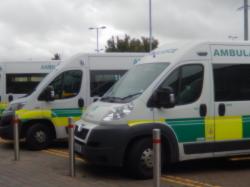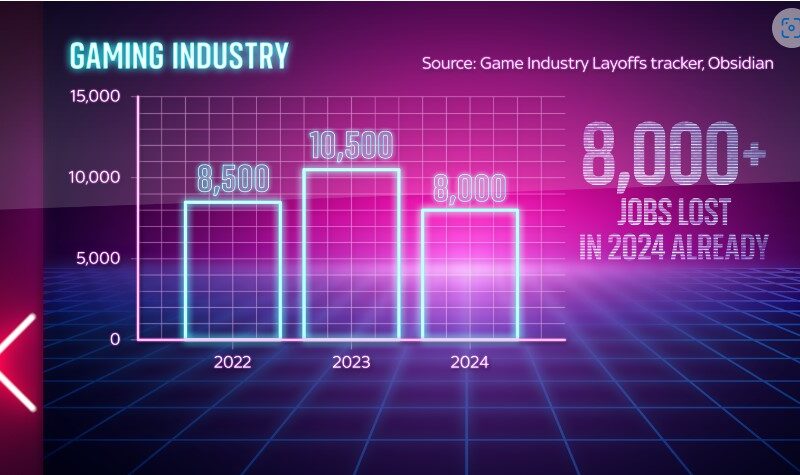By Andy Fenwick, Worcester South Labour Party member
I am probably unique in that I have been conveyed by ambulance to hospital at least every decade of my life starting off in the 1960s when I was five, falling off a moving double-decker bus and cracking my skull open, followed by motorcycle accidents in my teens and more recently with a kidney infection and heart attacks.
So I have experienced response times of A&E departments, and I can personally vouch for the changes in procedures and practices in treating patients. In an attempt to disguise waiting time, patients are often held in ambulances parked outside A&E, waiting to be handed over to nursing staff. On some occasions the number of waiting ambulances has been as high as eighteen.
I personally had a wait for one hour, although technically I was admitted. All of this has a knock-on effect on ambulance response times, meaning that 999 responses are delayed because the ambulances just aren’t available. At my local hospital the corridors are now marked into bays to create space for patients. This was first designated for full-size hospital beds but more recently the beds have been replaced by patient gurney-beds which are not as wide as ward beds so the hospital can double the number of beds in the corridor.
Five different wards to find the right one
At my last trip in July the number of patients was so great that the queue reached the entrance doors. Once you are treated in A&E, you then go on a personal guided tour of hospital wards until a bed becomes available in the appropriate ward. It took me five different moves before I ended up in the coronary care ward. At first, I was in an orthopaedic ward and this might sound like nothing, but it means that the nursing staff are not specially trained and the specialist consultants have to wander around the hospital trying to find their patients. At one time I was in a medical assessment ward for all of five hours, so the cardiologist wasted 15 minutes just trying to locate me.
When my kidneys were failing due to an infection, I was taken into A&E and after blood tests I was correctly diagnosed with an infection which required me to be kept in an Isolation room. But none was available, I was kept in an A&E bay for 36 hours.
All of this is anecdotal from the one individual who might just be an isolated case. But I am no longer a lone voice crying in the wilderness, because all the data is showing that there is not so much a lone voice as a national chorus of millions contradicting all the Tory lies about the NHS.
So when the Tories talk about NHS being “safe in their hands” our experience is the contrary. Matt Hancock, the Health Minister, claims the current crisis is the product of the annual winter rush. However, the statistics do not back this up. The target of A&E patients being seen and treated in four hours is being missed by 17% of patients as is the number awaiting to be admitted after 12 hours of waiting.
Putting patients lives at risk
The latest official figures showed that hospital performance figures for waiting times in A&E, cancer treatment and planned operations have fallen to the worst-ever level. So what is the cause of this crisis? Of those health leaders surveyed, 90% said understaffing was “putting patients’ lives at risk”. Currently, the NHS has 100,000 clinical vacancies and rising demand will only add to the challenge.
Already in this election we have heard the familiar fabrications of the Tories that they will recruit 5000 more GPs, and 50,000 more nurses. But Cameron promised the same in 2010 and in 2015 and what we have actually seen is a fall in the number of GPs nationally. In England, the number of GPs per 100,000 of the population is 58 and according to the Nuffield Trust “there are significantly fewer GPs per head in poorer areas of England than in richer areas, people find it harder to get a GP appointment and they are less likely than their richer counterparts to have a good experience of visiting their GP.”
It takes at least 10 years to train a GP, from a student entering medical college to becoming fully qualified. Recently the BMA has called for home visits to be ended, except for the terminally ill, due to the time pressure it places on a GP
The scandal of waiting times for routine operations is playing into the hands of those who want to privatise the NHS: if you can afford to pay, you can jump the queue. In nine years the number paying for private treatment has tripled to 613,833, but it is the hospital trusts who are fuelling this rise in private medicine in attempt to reduce waiting times. NHS Trusts are being forced to send patients to have procedures carried out in the private hospitals because the NHS hospital is too busy and understaffed to do the procedures themselves.
Big increase in patients going private
The sharp increase in private surgery has coincided with the rise in waiting times for non-urgent operations to a total of 4.6 million, the largest number ever since records began in 2007. A decade of cutting 15,000 beds and failures to recruit staff under the Tories is forcing more and more patients to go private and leaving the NHS in a deteriorating state. Meanwhile, the likes of Virgin Medicine profit out of our need.
What is the cause of this disastrous degeneration of the NHS? Health is a costly business each year new procedures come into being. In the mid-1990s hardly any hospital had an MRI scanner but now every hospital has one, which has made huge profits for the manufactures. Other diagnostic tools, such as endoscopy or echocardiograms, have change the ability of the NHS to provide diagnostic care, but these come at a price. So the expenditure on health needs to be kept higher than the rate of inflation, but in fact, in real terms, expenditure on the NHS has fallen, disguised as efficiency savings.
Boris sizes up hospitals for closure
If you probe any Tory or Lib-Dem candidate about the future of the NHS you will be told that NHS will be ‘free at the point of use’ but that it ‘needs reforms’. This is code for wholescale changes. Most Tories believe in private medical insurance and all Tory MPs have it. When we see Boris Johnson visiting a hospital he is sizing it up for closure.
The Tories want to give us an American version of healthcare, taking us back before the NHS was founded with charitable hospitals treating the deserving poor and if your case is alcohol- or drug-related, then tough, you are not deserving treatment.
However there is plenty of money available in the NHS, but it needs to stay there and not drain out into private coffers. The comic doctor Phil Hammond is preparing a manifesto for the NHS by asking his audience what should be done. At such an event in Worcester it was suggested that no more money should be paid to PFI consortia: this was voted and agreed by 100% of his audience.
If the NHS was freed from such financial burdens it would mean a boost in hospital expenditure of about 8% straight away. The need to stop all outsourcing would be of financial benefit to the NHS, as the privateers act as a price-fixing cartel and the NHS can provide the same procedures at less cost.
Support the party that created the NHS
At Labour Party conference Jeremy Corbyn pledge to create a NHS-based pharmaceutical company. Considering that drug manufactures cherry-pick charitable and academic research to create new drugs it is only right that an NHS drug company, not hamstrung by patent laws, would save the NHS £45bn a year. There are many more examples that could be given to show how we can claw back money for the NHS and make the 1948 dream a reality from cradle to grave.
The only way to save the NHS is to support the party that created it in the first place. Vote Labour on December 12th!
November 25, 2019



